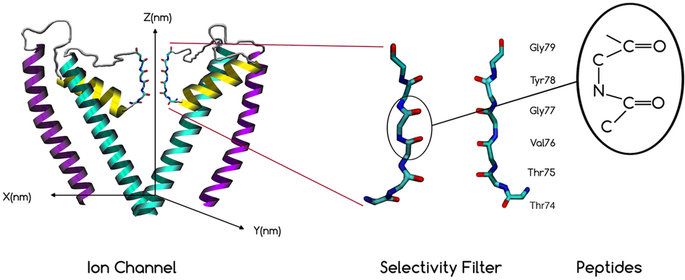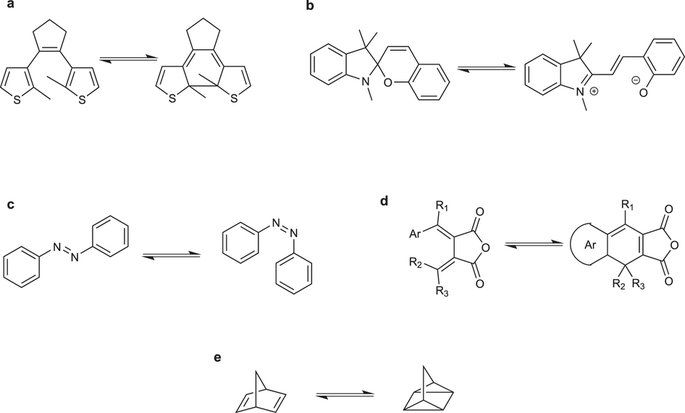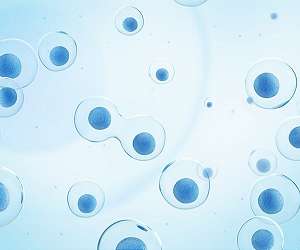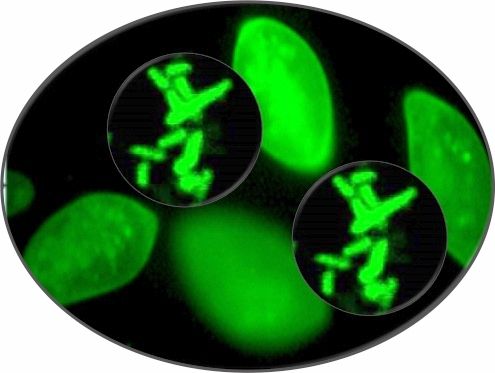Feb 7, 2017
Quantum Interference and Selectivity through Biological Ion Channels
Posted by Karen Hurst in categories: biological, quantum physics
Nice report published in Jan on.
The mechanism of selectivity in ion channels is still an open question in biology for more than half a century. Here, we suggest that quantum interference can be a solution to explain the selectivity mechanism in ion channels since interference happens between similar ions through the same size of ion channels. In this paper, we simulate two neighboring ion channels on a cell membrane with the famous double-slit experiment in physics to investigate whether there is any possibility of matter-wave interference of ions via movement through ion channels. Our obtained decoherence timescales indicate that the quantum states of ions can only survive for short times, i.e. ≈100 picoseconds in each channel and ≈17–53 picoseconds outside the channels, giving the result that the quantum interference of ions seems unlikely due to environmental decoherence. However, we discuss our results and raise few points, which increase the possibility of interference.

















